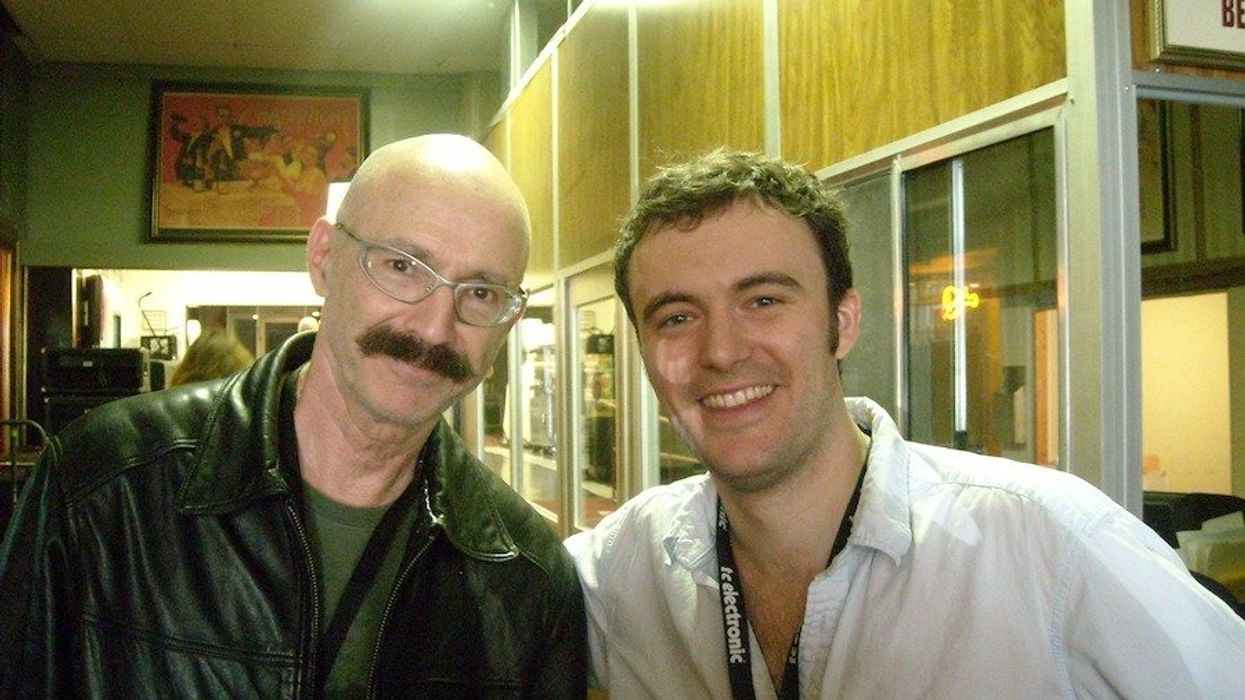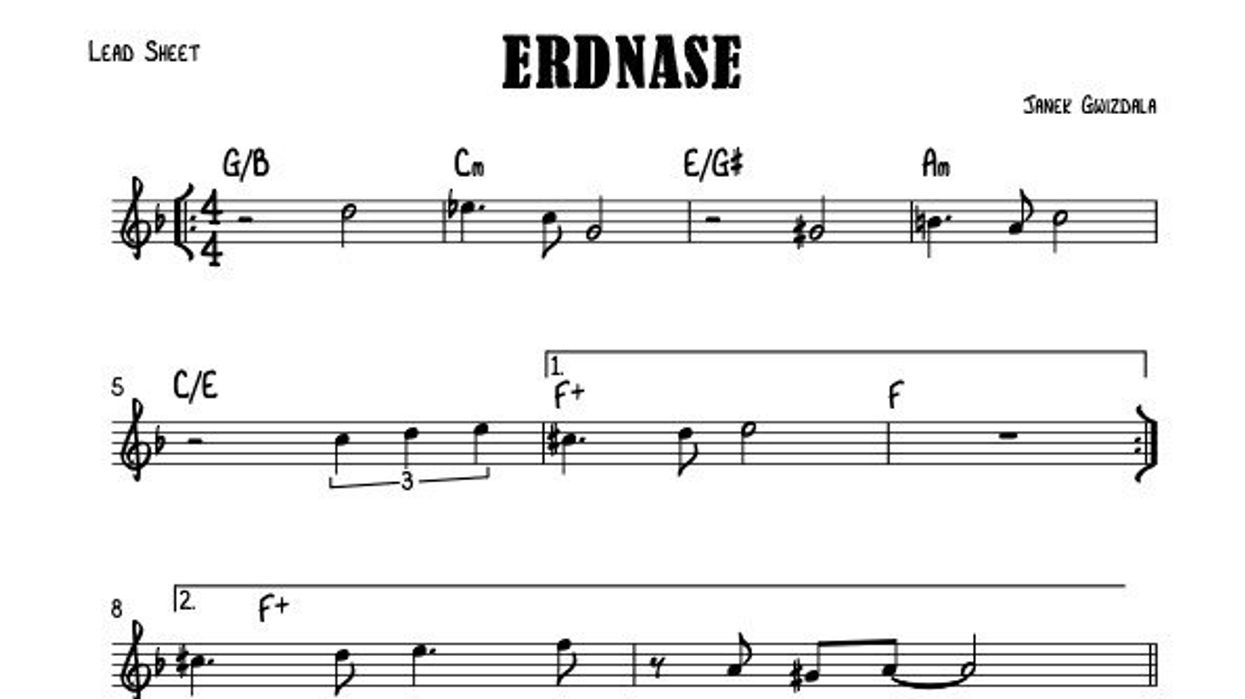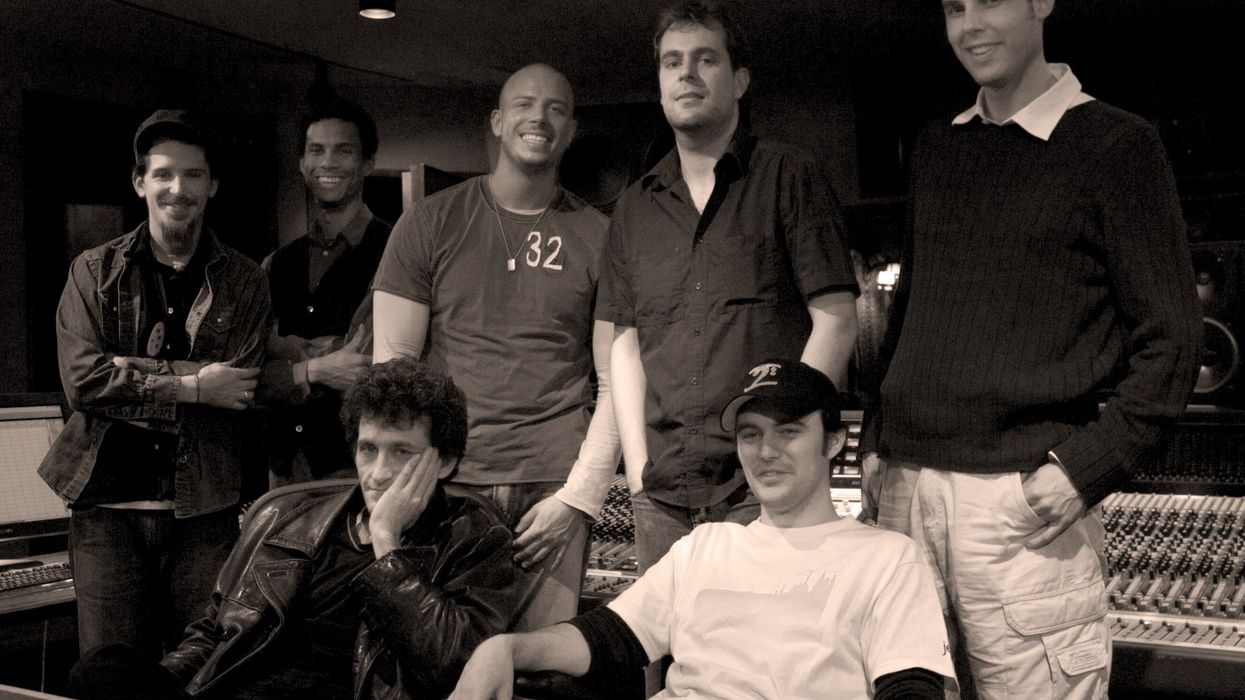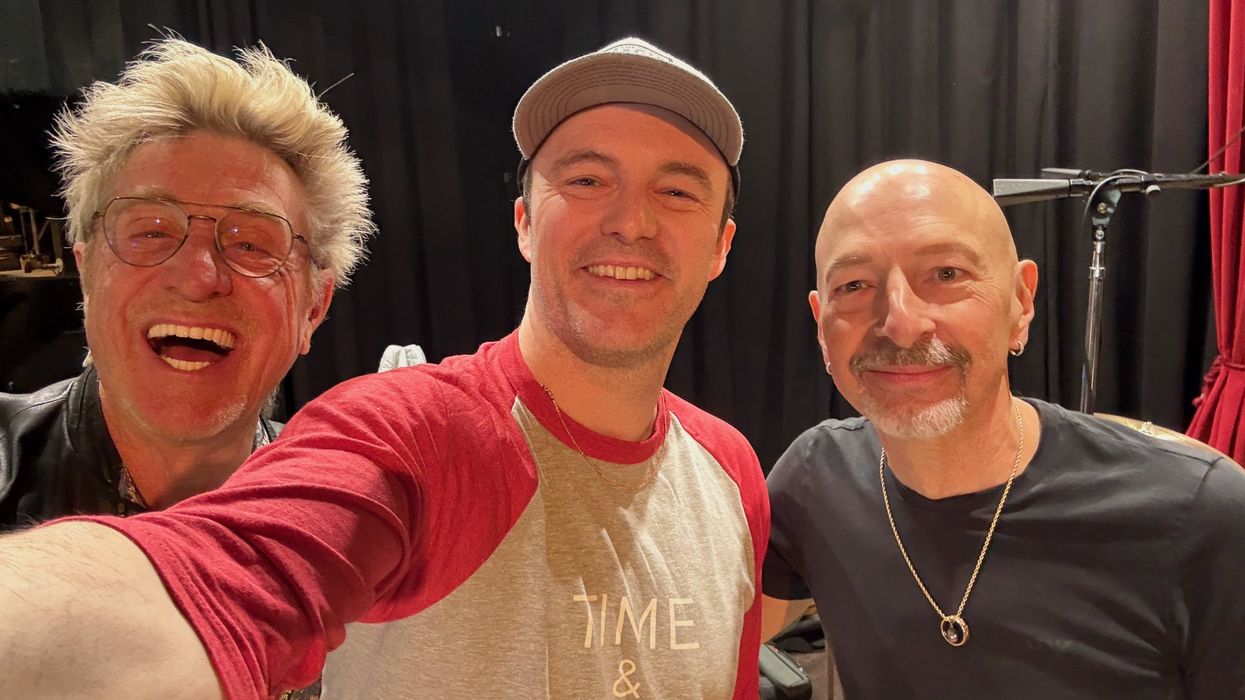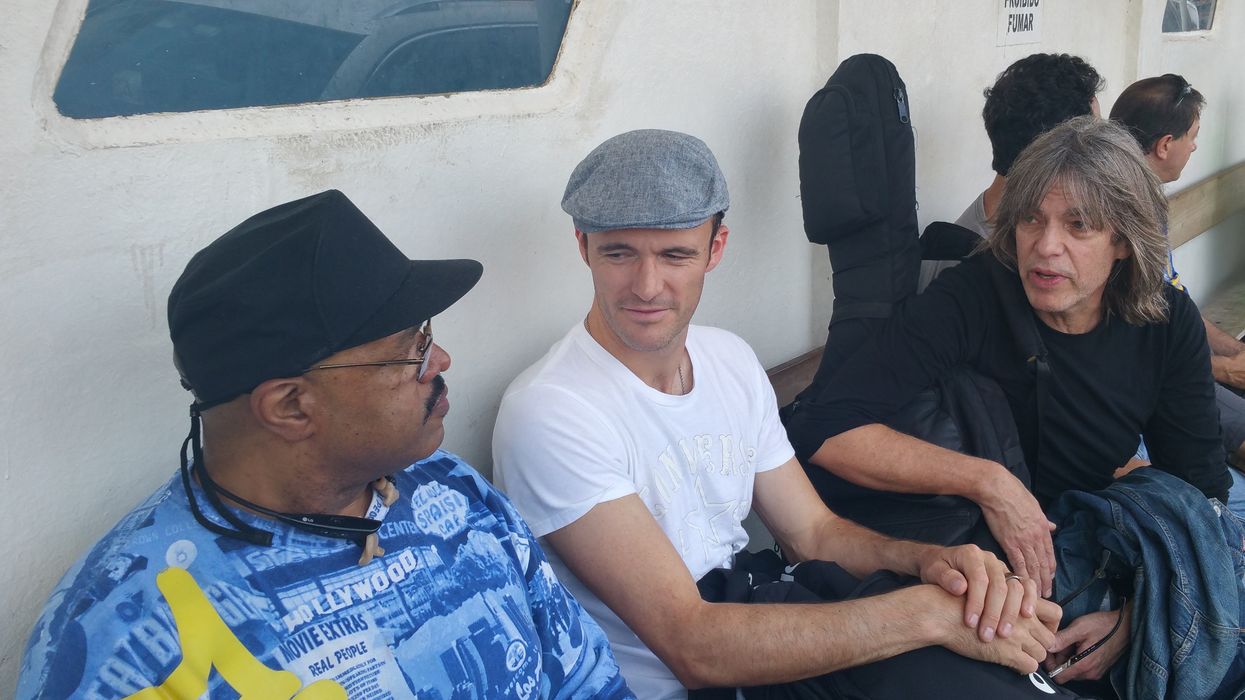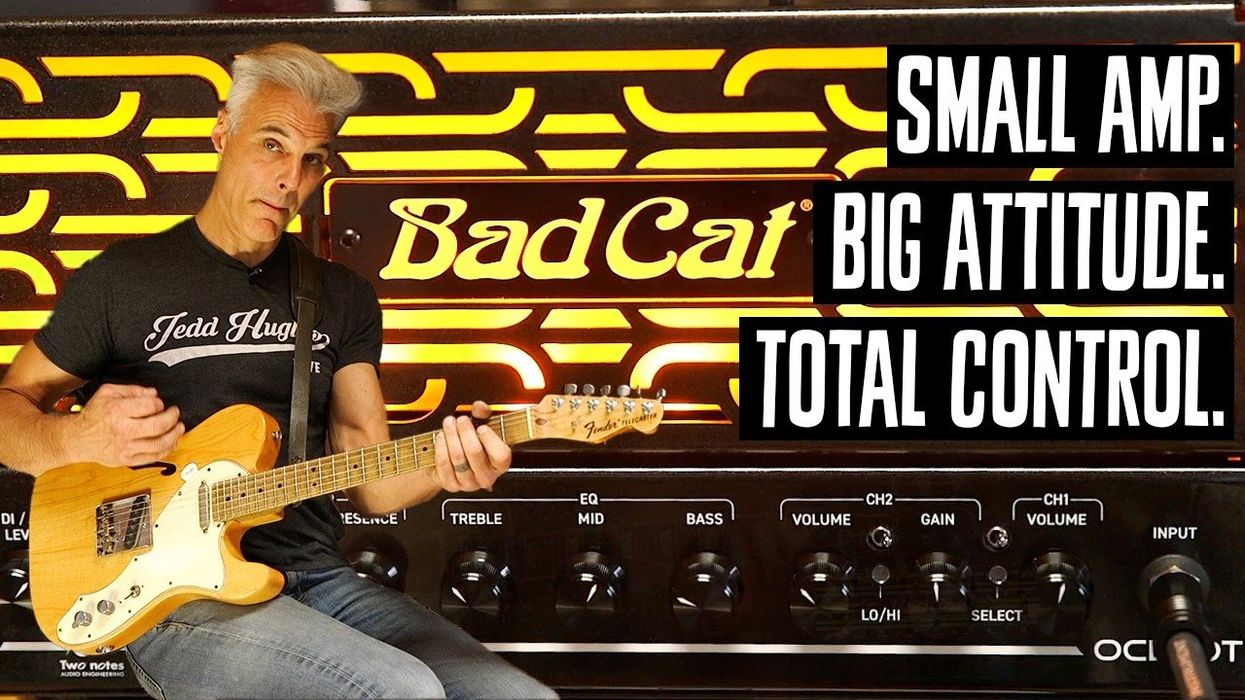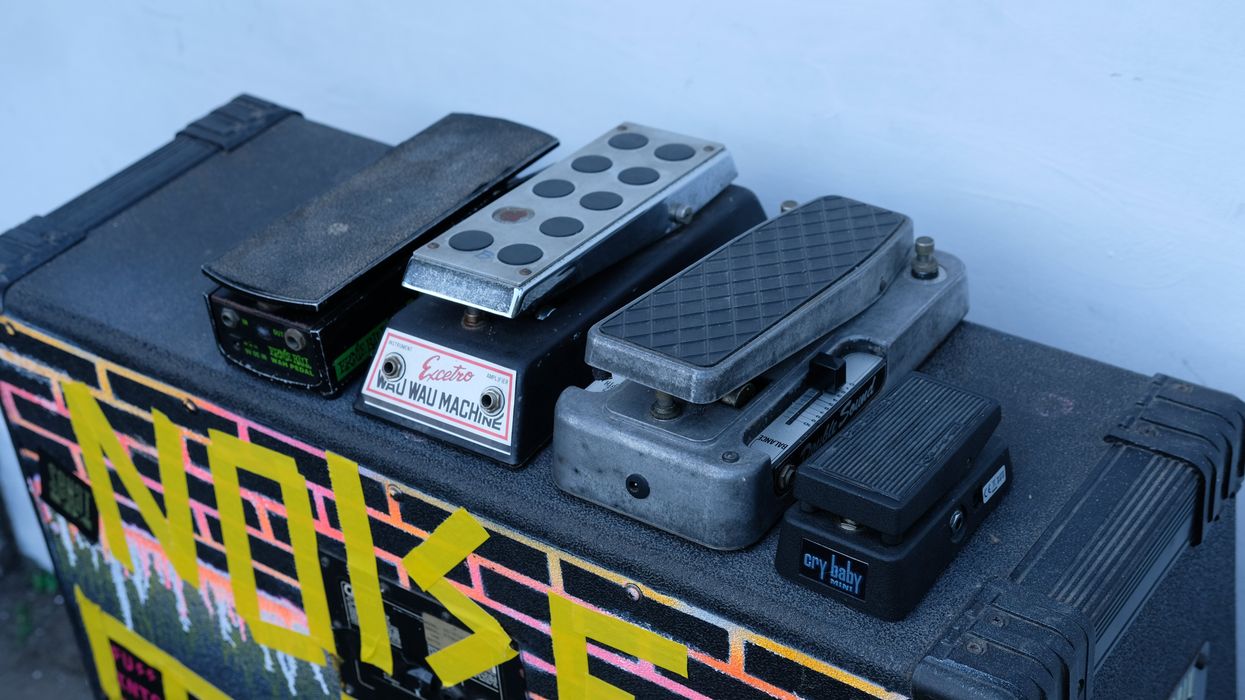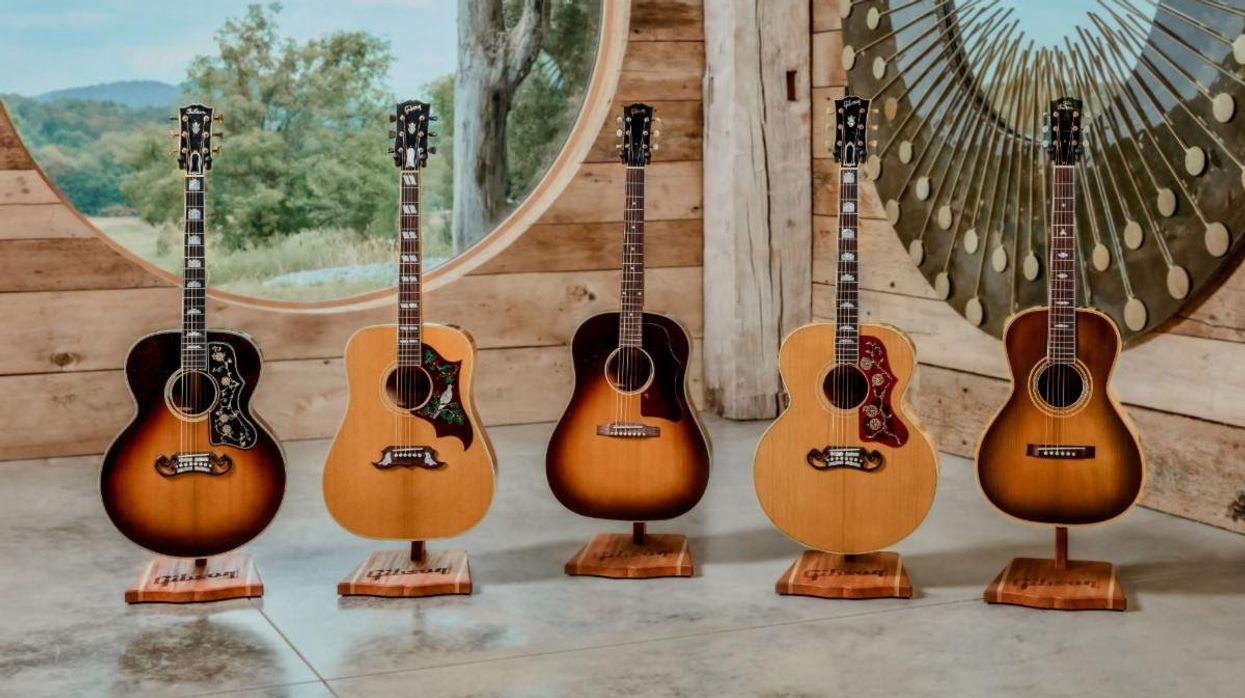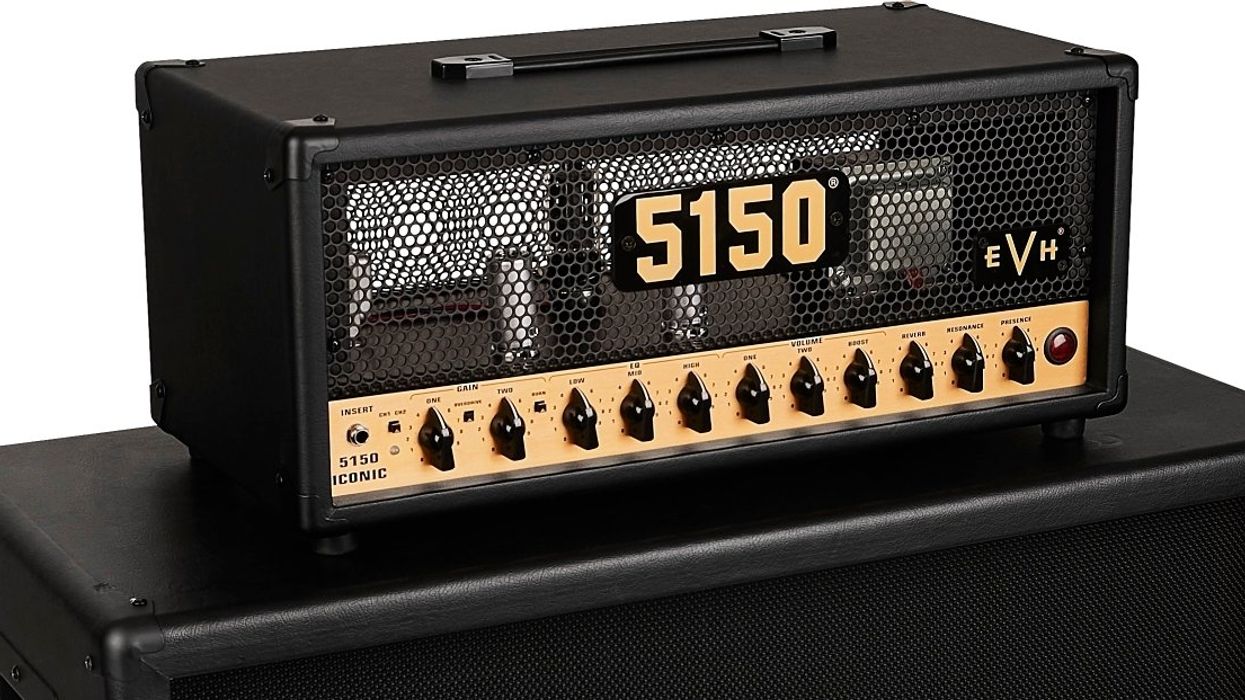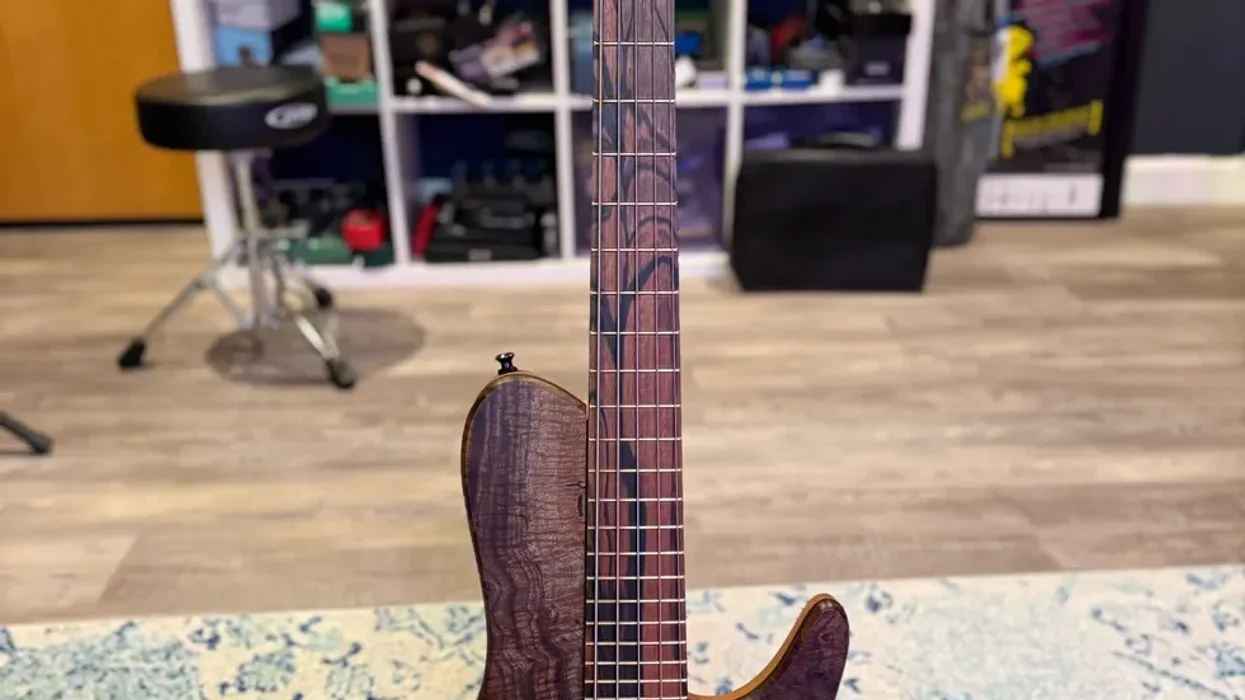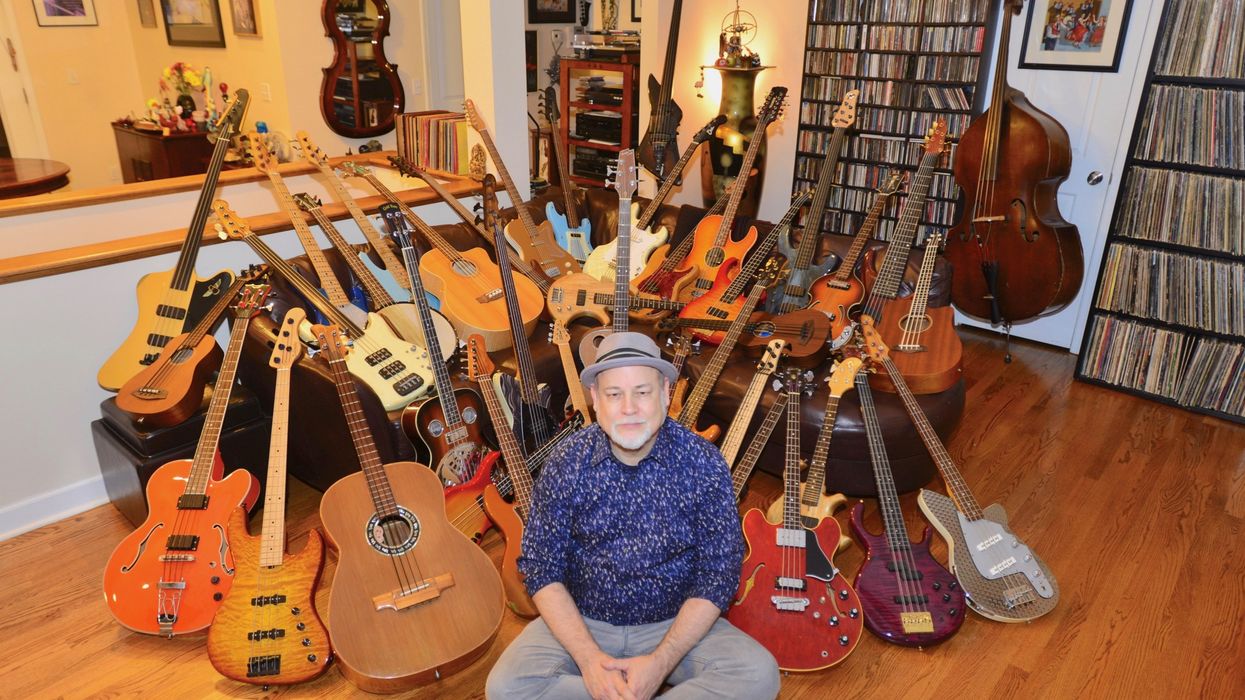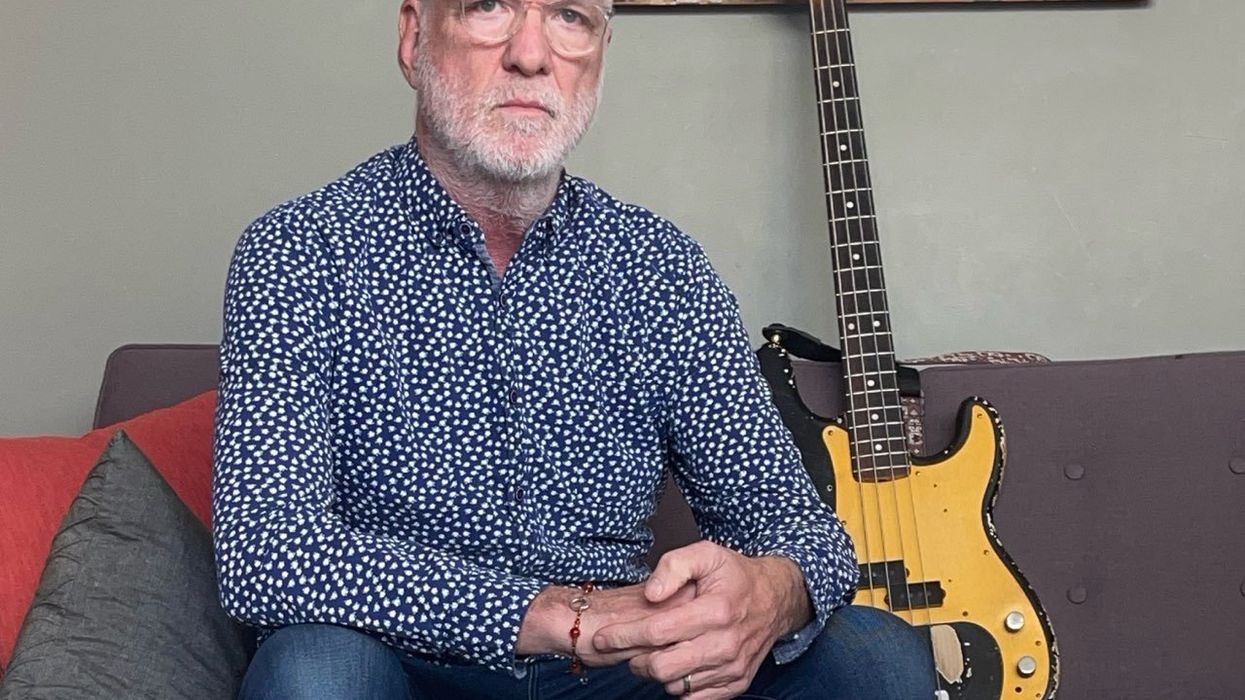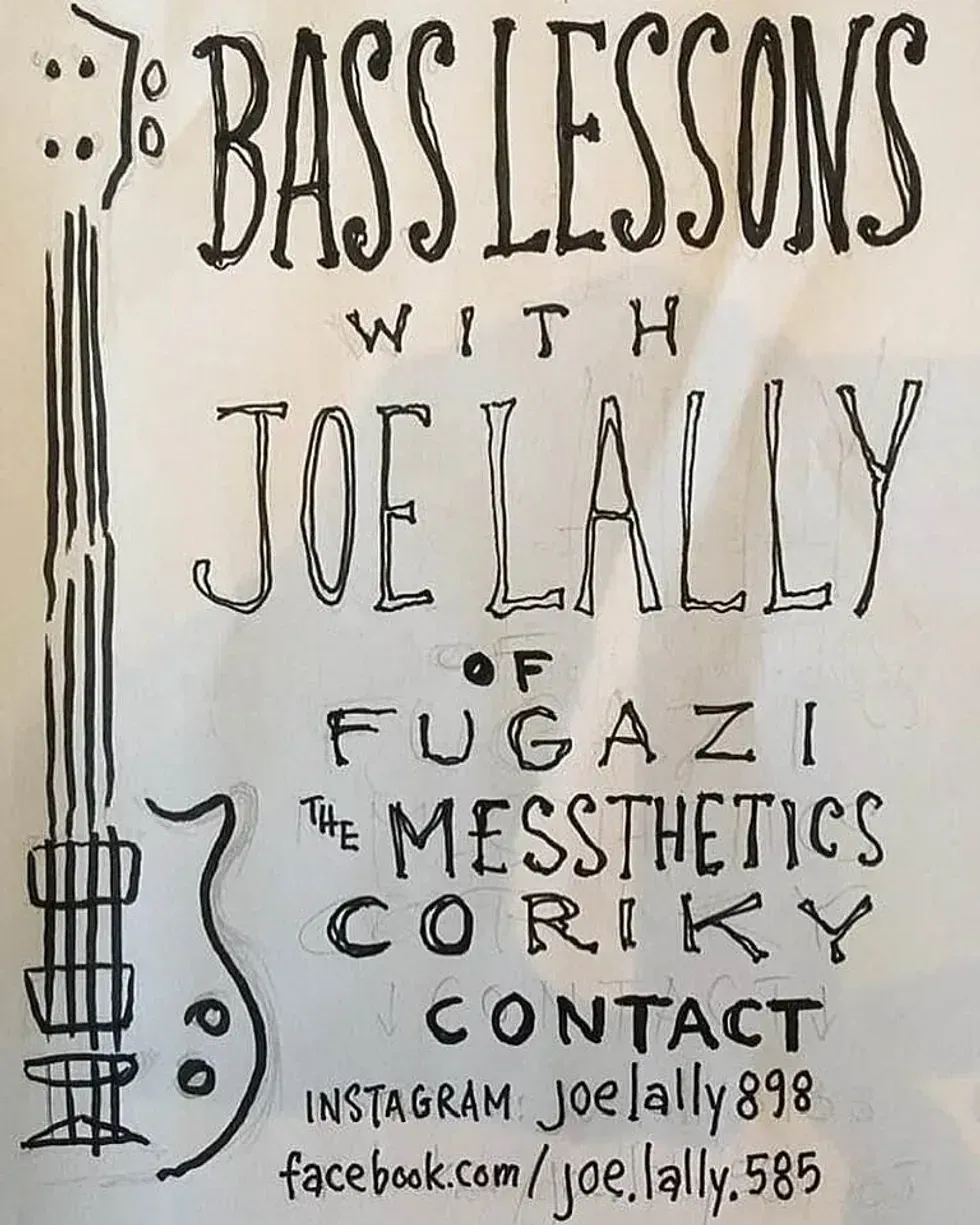Umpty-ump years ago, at the beginning of my music magazine career, I conducted my first ever interview. It was with bassist Sebastian Steinberg of Soul Coughing, and I was excited to be talking to half of the rhythm section powerhouse behind this avant-rock, sounds-like-nothing-else quartet.
Think weird samples, colliding harmonies, and half-sung boho poetry, all over some seriously sick grooves, with Steinberg driving the bus to Beelzebub with his thick upright tone and funky feel.
“In the middle of every groove, there’s the stupid part,” he told me then, drawing my attention to, as an example, the steady high-hat part in Sly & the Family Stone’s “Thank You (Falettinme Be Mice Elf Agin).” If a groove makes your head nod, he said, “there’s something absolutely idiotic weaving its way down the middle.” As a bass player, he cautioned: “Sometimes you’re it.”
This idea stuck with me over the years, so I thought I’d see what Sebastian was up to. I caught him at a good time. After three well-received albums in the ’90s, Soul Coughing went their separate ways, and Steinberg went on to play both upright and electric with a variety of artists, including several that he describes as “fearlessly original.” That’s him on Fiona Apple’s acclaimed pandemic release, Fetch the Bolt Cutters, as well as singer-songwriter Iron & Wine’s latest album, Light Verse. This summer he’s touring Europe in a trio with drummer Matt Chamberlain and pianist Diana Krall (who didn’t want to play with “jazz guys”), and in the fall, he’s hitting the road with a reunited Soul Coughing.
I asked what it was about his approach that appeals to certain artists. “I like to play songs,” he answered. “But I have a musical curiosity and I can throw in my own ideas. My hands tend to be the smartest part of my body, so I can follow where the music leads.”
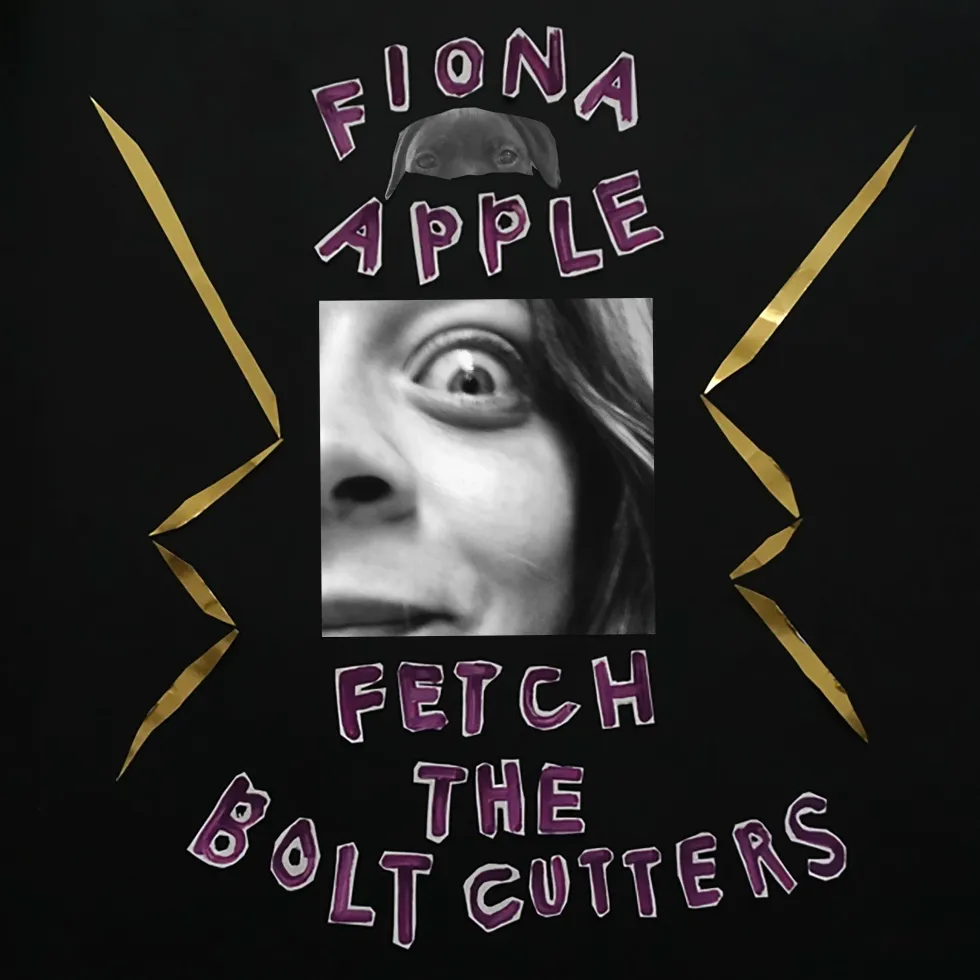
Steinberg says Fiona Apple’s 2020 record, Fetch the Bolt Cutters, “surpasses anything I’ve ever been involved in.”
Interestingly, when Sebastian started working at different points with Apple, Iron & Wine, and Krall, all three artists asked him not to listen to their previous albums. They wanted to create something new, current, and genuine, rather than, as Sebastian puts it, “trying to do stuff that’s already happened.”
“I’m not the bass player for everyone, which I’m really delighted to discover,” Steinberg continued. “But I’ve been sort of working out that there is a place for me. I’ve always been drawn to music that tends to ruffle feathers rather than smooth them. I gravitate towards people who are really strong individual thinkers, sometimes very much at the cost of their convenience, comfort, and public opinion. But the music is real. When musicians are real with each other, they’re as real as it gets.”
Sebastian describes the making of Fetch the Bolt Cutters as this kind of very real, exceptional experience. “It surpasses anything I’ve ever been involved in, including Soul Coughing,” he says. “I haven’t made an album so true, where nothing like this music has existed before, since Soul Coughing’s first album,” he said, referring to 1994’s Ruby Vroom. “Both albums were alive, unfettered, and truly unexplored territory.”
Fiona put the band together in 2016, inviting Steinberg, drummer Amy Aileen Wood, and multi-instrumentalist David Garza. “The four of us would go to the house, stomp around, sing in a chant she’d made up, and literally play like children or birds. After a while, songs began appearing. By the time we started going into the studio, we’d developed a level of trust and intimacy with each other, because we’d been playing in this non-specific but very personal way together. It's the most powerful band I’ve ever been in.”
“There are so many ways to approach music that transcend what the instrument was built to do. But you should know what it was built to do, because that’s a great job. It’s the best seat in the house.”
Sebastian notes that you do have to balance this kind of boldness with musical functionality. “Bass is a function, not an instrument,” he says. “There are so many ways to approach music that transcend what the instrument was built to do. But you should know what it was built to do, because that’s a great job. It’s the best seat in the house.”
So how does one go about getting real? “It’s about getting out of the way of whatever niceties musicians tend to inflict on each other,” he says. “You have to overcome fear and let the truth speak. Find the music and play it. Don’t bring your ego into it, but don’t let somebody scare you off from the music. And if you believe in what you’re doing, stick to it.”
A note of clarification
Last month’s column was about playing style, with Funkadelic bassist Billy Bass Nelson as an example. However, the magazine was already off to the printer when I finally connected with Nelson after several attempts. He told me that he did not play with a pick on Fred Wesley’s “Half A Man,” but often used his fingernails to get a similar attack. He also suggested two other songs that exemplify his style: Parlet’s 1978 track “Love Amnesia,” and the Temptations’ 1975 single “Shakey Ground.”

